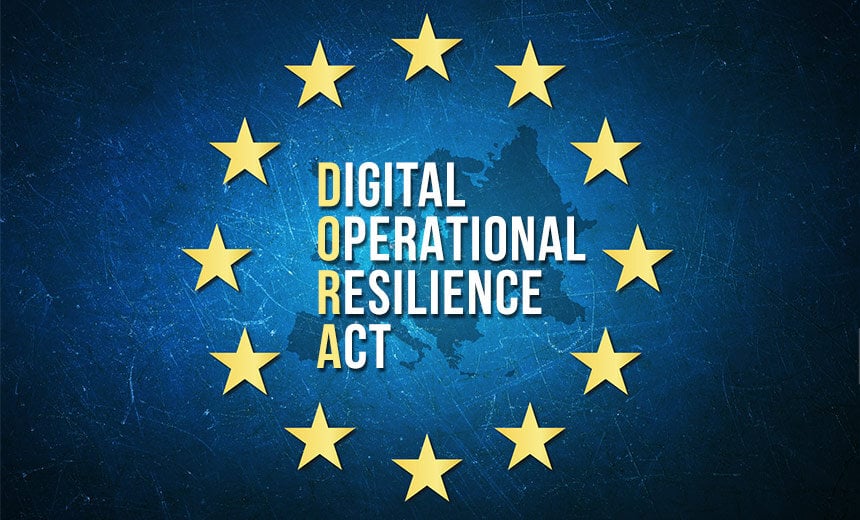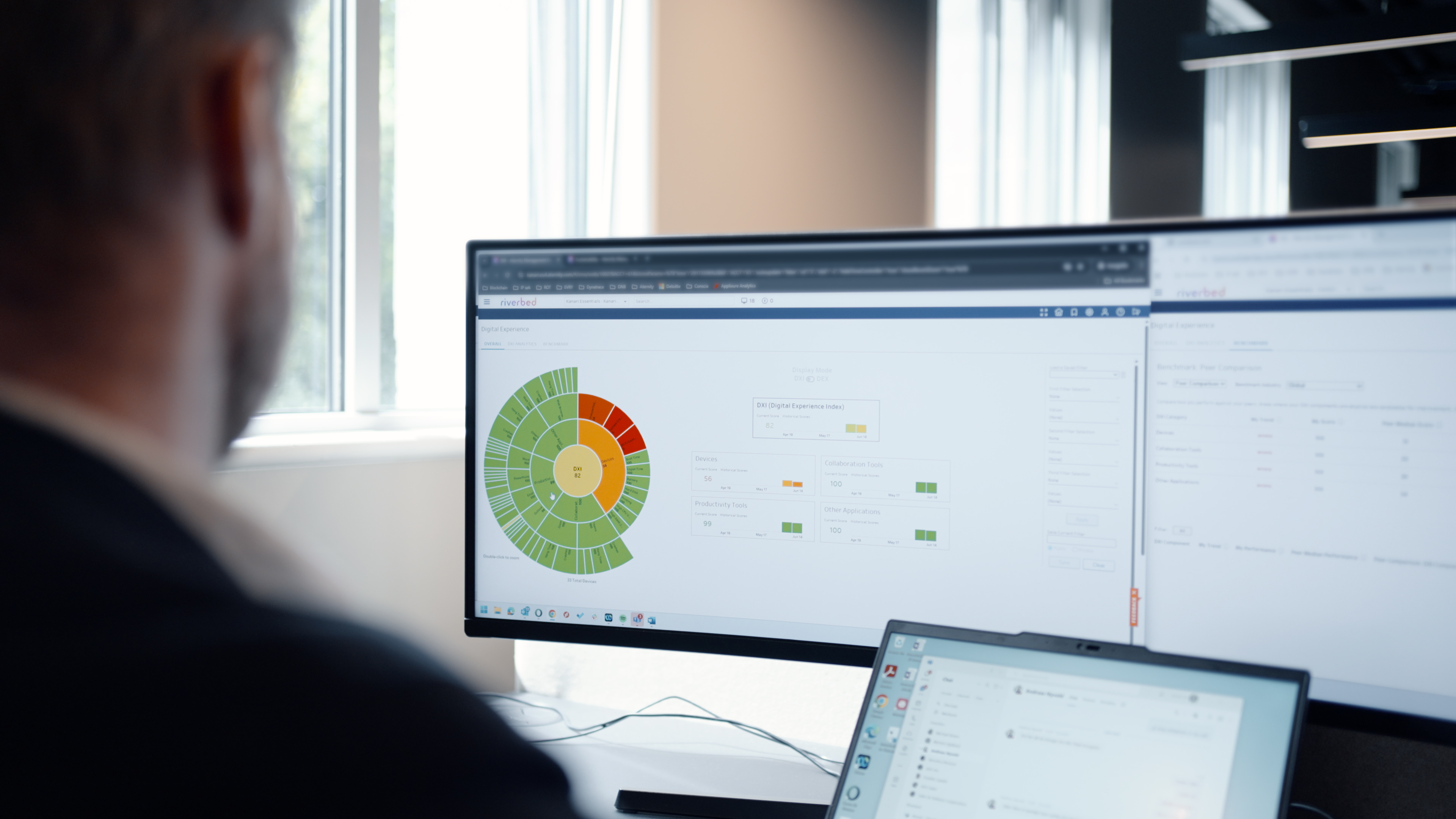Keep Your Data Local. Keep Your Teams Thriving.
Your people want smooth tools. Your IT team needs control. Our new private cloud delivers both.

For those working at a financial institution, DORA needs no further introduction. The Digital Operational Resilience Act, aimed to safeguard the financial sector from cyber threats and IT operational disruptions, entered into force at the start of 2023. As we approach 2025, we are only months away from the regulation being applied.
But are you equipped for compliance in the new era?
To recap, the financial sector has faced increased regulatory measures for years, encompassing everything from anti-money laundering to mitigating cyber threats. The common denominator is safeguarding the financial system, the institutions, and the end user.
Behind this regulatory trend is the rapid digitalization of our society and the cyber threats that follow it. These threats are the core problem DORA seeks to address by establishing a robust legislative framework on a European level.
In essence, DORA requires financial firms to have risk management, testing, and reporting procedures in place to make their operations more resilient to cyber threats and IT disruptions.
💡 Using a data-driven approach 💡
A data-driven approach ensures security for your organization through facts. Several DORA requirements need observability data to understand what, when, how, and if your organization needs to report.
Cyber attacks are often analyzed from different angles to understand how they can cause harm. Typically, five important areas are to focus on: confidentiality, integrity, availability, authenticity, and non-repudiation.
Even before DORA came into effect, there was a significant buzz around the legislation. Most discussions have centered around the confidentiality, integrity, and authenticity dimensions of cyber attacks, emphasizing the regulation's focus on strengthening security.
However, less attention has been given to availability and performance, which are equally critical. These aspects ensure that financial systems remain operational and responsive, even during disruptions, and should be seen as essential to achieving full digital resilience.
For C-level executives and IT professionals, it’s easy to prioritize the security aspect of DORA, similar to locking the front door of a building. Yet, even the most secure systems can face serious disruptions if availability and performance are ignored.
Downtime, slow services, and system crashes can erode customer trust, lead to financial losses, and make it difficult for the organization to meet its requirements. Too much focus on security, neglecting availability and performance, is to build a fortress that’s impossible to break into but too fragile to function properly.
Therefore, businesses must have robust systems, practices, and measures to safeguard against all kinds of cyber threats to stay compliant and resilient.
It is unrealistic to think that a business can become 100% bulletproof from all cyber attacks. That’s why it is crucial to be able to quickly delve into the details to find the cause and patch the vulnerability if an attack occurs.
DORA imposes a series of rules that you must follow, and your business must be able to document compliance on an ongoing basis – especially after an attack. This is where observability comes in.
In simplest terms, observability enables you to detect and solve problems in your IT environment before they impact your services and the end-user experience. The platform enables you to:
In day-to-day operations, observability lets you see what’s happening within your systems, increasing operational stability and making it possible to solve issues quickly, speed up software development, and deliver updates more quickly.
Since DORA entered into force, we have worked closely with enterprise clients in the Nordic financial sector to create frameworks and best practices to remain compliant. These frameworks and best practices are leveraged in the observability tools, making it easy to report any breach with respect to the end-user experience, security vulnerabilities, and business processes.

Your people want smooth tools. Your IT team needs control. Our new private cloud delivers both.

At Kanari, we believe that a great digital employee experience isn't just a technical goal — it’s a business imperative. Whether it’s accessing...

“I’m not sure what’s wrong—it just crashes sometimes.”